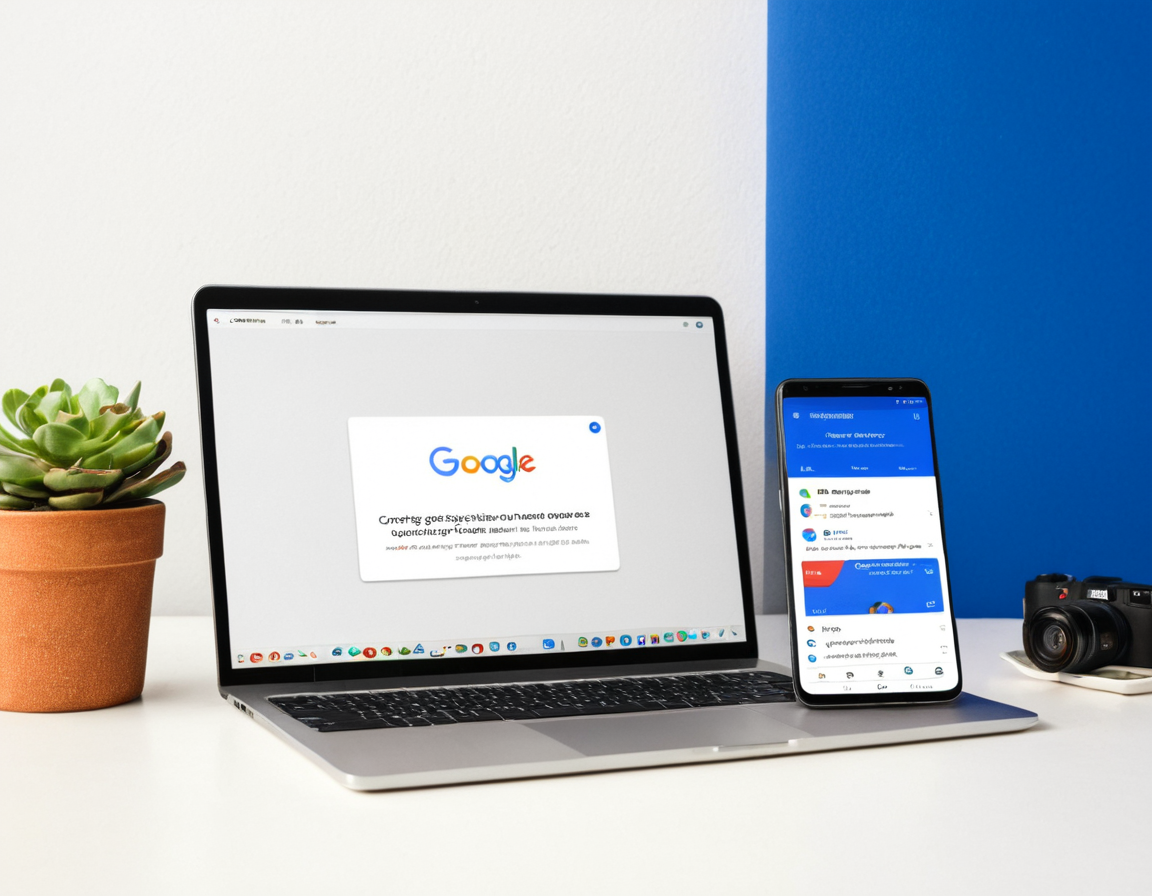Optimize Google Photos in Under 60 Seconds

Optimizing Your Google Photos Library for Lightning-Fast Search and Organization
As the world becomes increasingly digital, our reliance on technology to manage and access information grows exponentially. One area where this is particularly evident is in our personal photo libraries. With the vast majority of us now living online, it’s easy to accumulate an overwhelming number of images, videos, and other media. However, when dealing with such a large volume of content, finding specific files or managing them effectively can become a daunting task.
In this article, we will explore strategies for optimizing your Google Photos library, ensuring that you can quickly locate the information you need and maintain a well-organized digital space.
Understanding Google Photos Library Structure
Before we dive into optimization techniques, it’s essential to understand how Google Photos organizes its content. The service utilizes a hierarchical structure based on tags, albums, and people. While this might seem straightforward, it can quickly become convoluted if not managed properly.
Tags
Tags are essentially keywords that you apply to your media files. They serve as a way to categorize content without having to create complex album structures. However, overusing or misusing tags can lead to confusion and slow down search times.
Albums
Albums provide a more structured approach to organizing your content. You can create albums based on specific themes, events, or periods in your life. While this method offers more control, it can also become cumbersome if not maintained regularly.
Best Practices for Tagging
When it comes to tagging your media files, there are several best practices worth noting:
- Be Specific: Avoid using broad tags like “vacation” without specifying the location or date range. Instead, use something like “Paris 2022” or “Summer 2019.”
- Use Consistency: Maintain a consistent naming convention throughout your tags to ensure they can be easily searched and filtered.
- Avoid Over-Tagging: Refrain from applying multiple tags to the same file unless absolutely necessary. This can lead to clutter and slow down search times.
Organizing Your Media into Albums
Creating well-structured albums is crucial for maintaining a clean and organized digital space.
Album Naming Convention
When naming your albums, consider using a consistent format that clearly communicates their purpose. For example:
- Event-Based: Use descriptive names like “Wedding Day 2022” or “Birthday Party 2019.”
- Location-Based: Use city or country names along with relevant dates, e.g., “Paris 2022” or “Japan 2018.”
- Project-Based: If you’re working on a project, create an album for that specific task.
Album Organization
Once you’ve created your albums, consider organizing them in a logical manner:
- Create a top-level album for each category (e.g., “Events,” “Travel,” “Projects”)
- Within these categories, create sub-albums or folders for more detailed organization
- Use the album’s hierarchy to ensure that related content is easily accessible
Advanced Search Techniques
While basic tagging and albuming are essential for maintaining a clean library, there are more advanced techniques worth exploring:
Advanced Search Operators
Google Photos provides various search operators that can help refine your searches. Some of these include:
inurl:- Searches within the URL of an imageintitle:- Searches within the title of an imageinfiletype:- Searches within the file type or extension
Using Custom Search Filters
Google Photos allows you to create custom search filters based on specific criteria. This can be particularly useful for finding images that meet certain conditions.
Conclusion and Call to Action
Optimizing your Google Photos library is a process that requires patience, discipline, and attention to detail. By following the best practices outlined in this article, you’ll be able to quickly locate the information you need and maintain a well-organized digital space.
As you embark on this journey, remember that it’s essential to regularly review and update your tags, albums, and search filters to ensure they remain relevant and effective.
The next time you’re faced with a seemingly endless sea of images, take a moment to breathe, and ask yourself: “What can I do today to make my digital space more organized and efficient?”
Tags
google-photos-optimization photo-library-management lightning-fast-search information-organization digital-storage-solutions
About Michael Brown
I help power gophotos.com by crafting engaging content around AI-driven image tools, photography techniques, and smart editing strategies. With a background in digital media, I bring a creative eye to the intersection of tech and visual storytelling.
